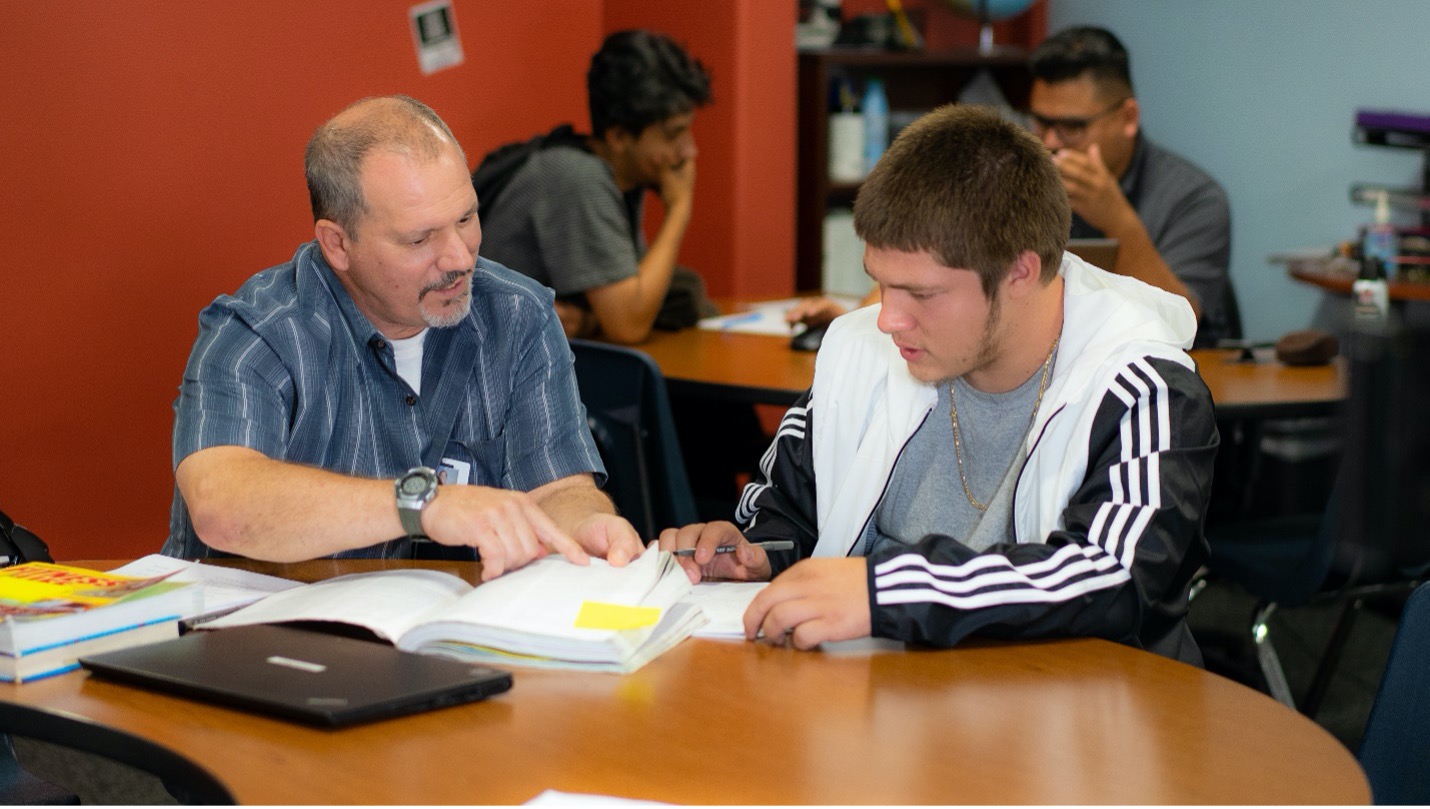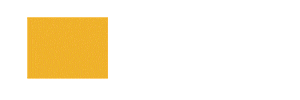
Think back to your favorite high school teachers and why you liked them? Was it because they didn’t pay attention and let you skate by? Likely not. Our favorite teachers were the ones who knew us, encouraged us, and challenged us to grow and do our best work. They helped us stay motivated, supported our goals and taught us to be resilient despite the ups and downs of life. They reminded us every day that we had the potential to become whomever we wanted.
After a year of remote learning, students need strong relationships with their teachers more than ever to ensure they don’t fall behind or drop out. We have built an education model around personalized learning that fosters strong student-teacher relationships through an optimal student-to-teacher ratio, individualized instruction, flexible scheduling and comprehensive resources.
“It’s hard to imagine how even the best high school teacher with as many as 180 students can even know all their names, much less develop a relationship with each of them,” said Alicia Henry, principal. “Too many kids are missing a sense of belonging at home and again at school. Teachers can have a tremendously positive impact on students by spending a little extra time to get to know them and for many, being the one adult who truly cares about them.”
Our teachers instruct a smaller number of students, which makes it easier to communicate with students frequently to track their progress. Each teacher has about 30 students – one-sixth that of traditional high schools – so they can develop relationships and understand what motivates each person.
“That is especially important with our student population, most of whom are from low-income households and challenged with issues like housing insecurity and being teen parents,” Henry said. “By the time they come to our school, they are 55 credits behind and 17 years old, which means they are close to aging out of high school.” These strong teacher-student relationships not only result in a 90% success rate for students, our rate of suspensions and discipline incidents is significantly lower than traditional high schools.
“Students progress at their own pace, so they are not sitting in a classroom and either bored or completely lost,” said Henry. “Our curriculum includes coping skills and, learning how to handle and redirect complex emotions.”
Read about some amazing students who came from challenging backgrounds and flourished in a caring, personalized learning environment.
